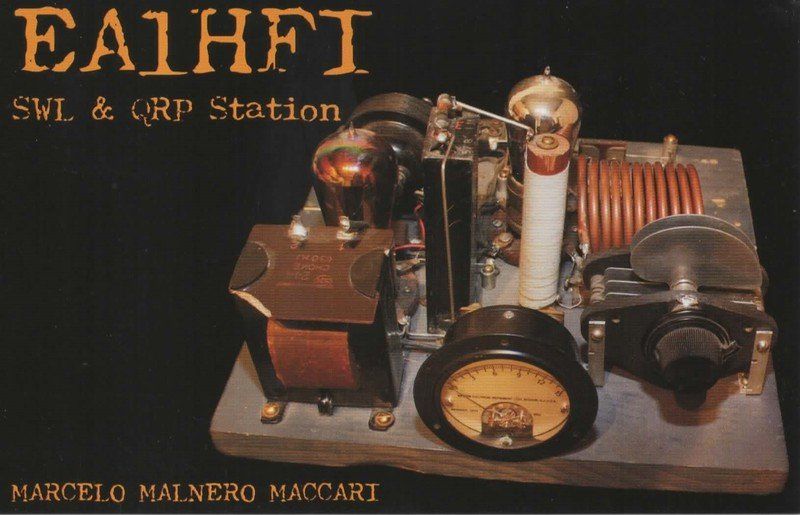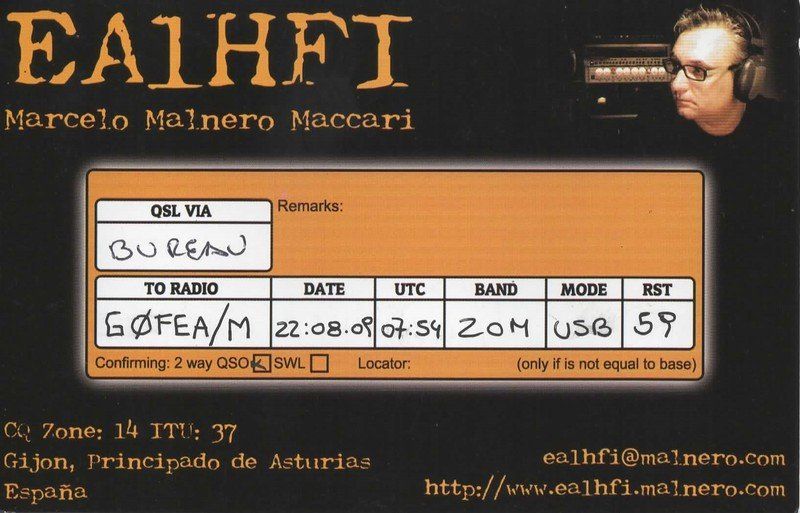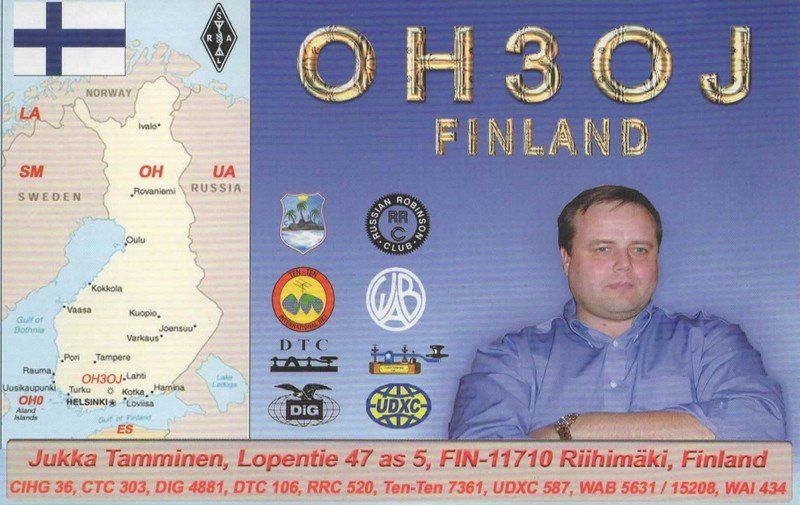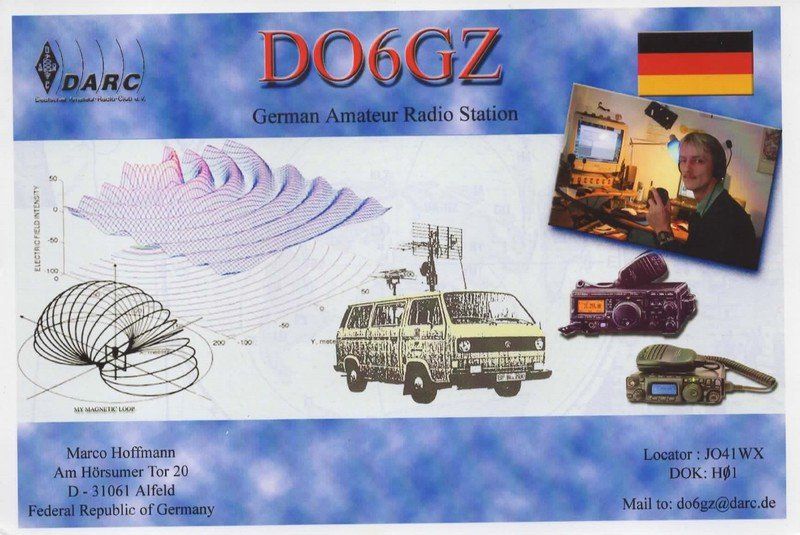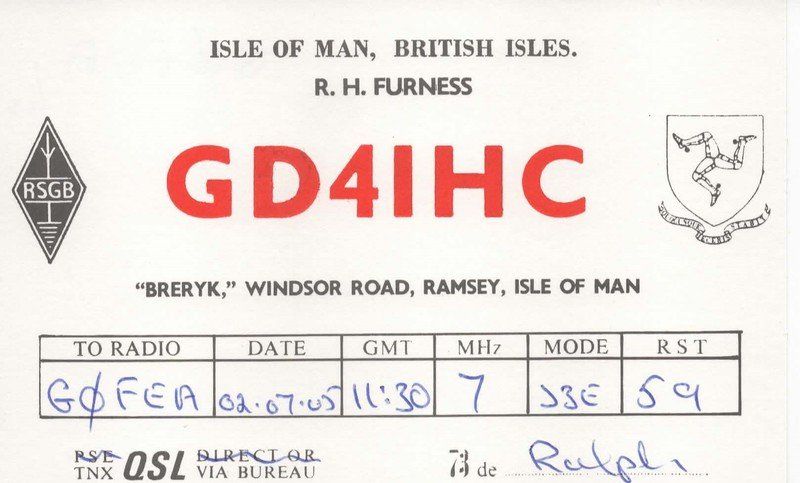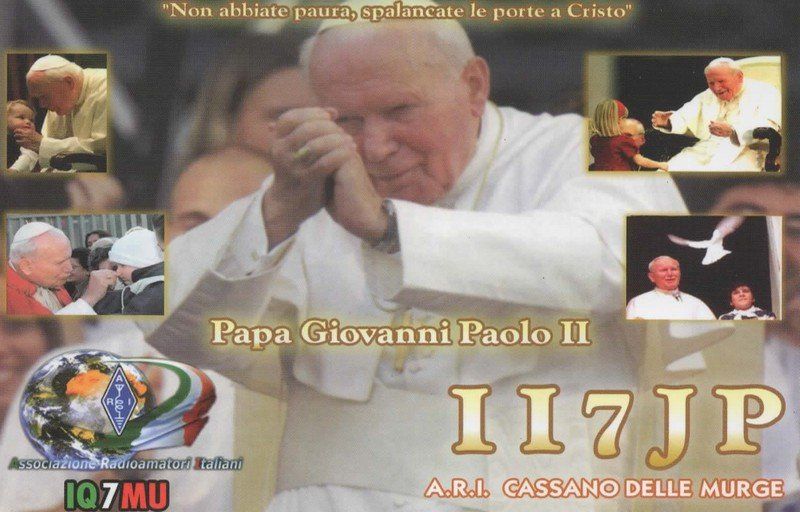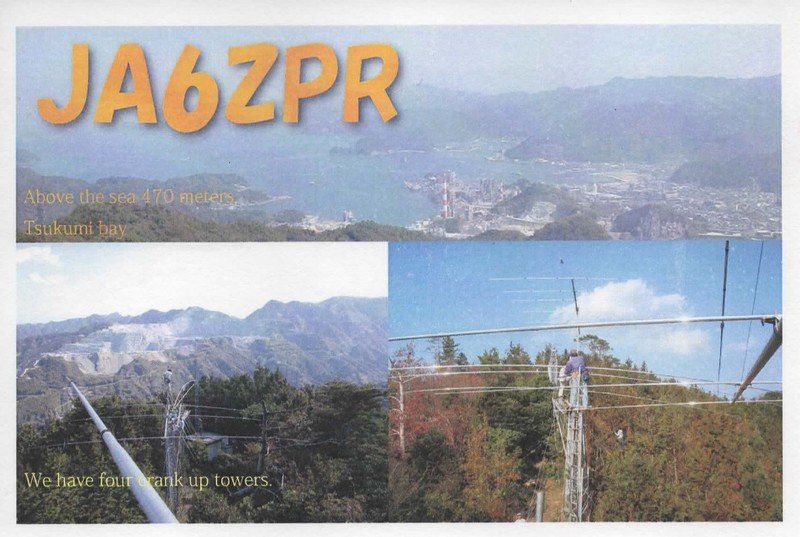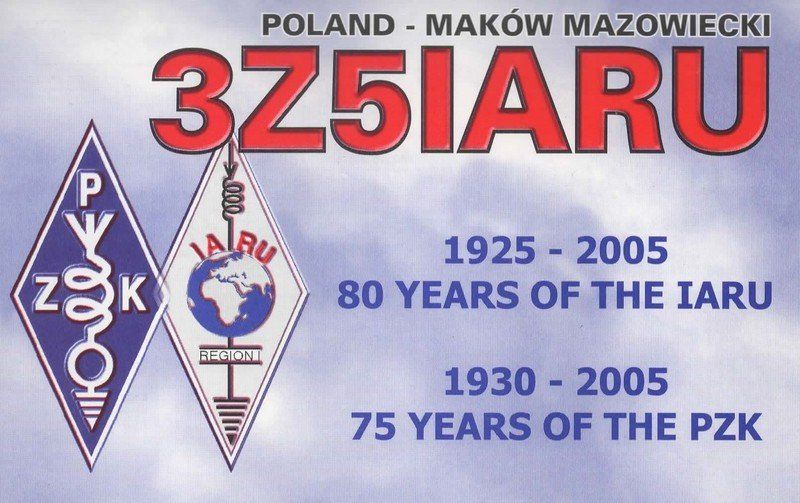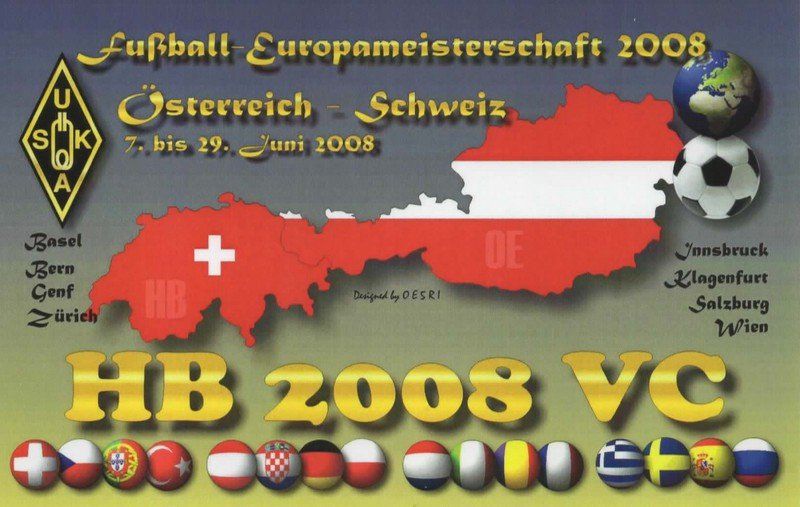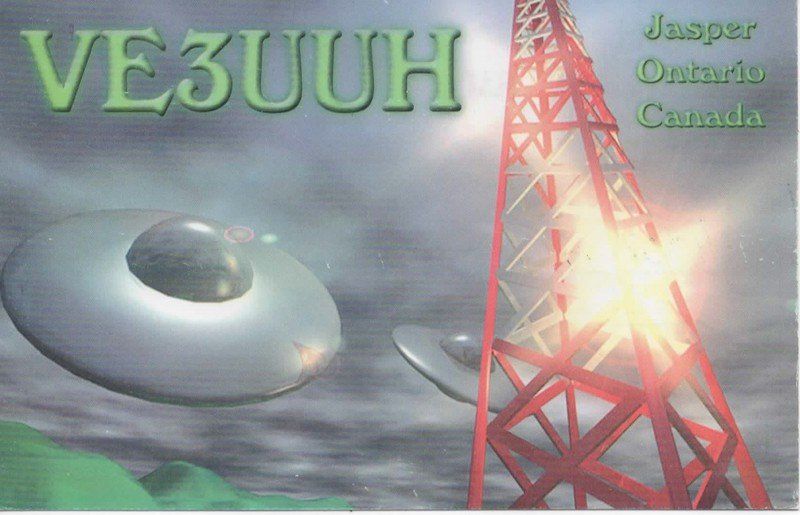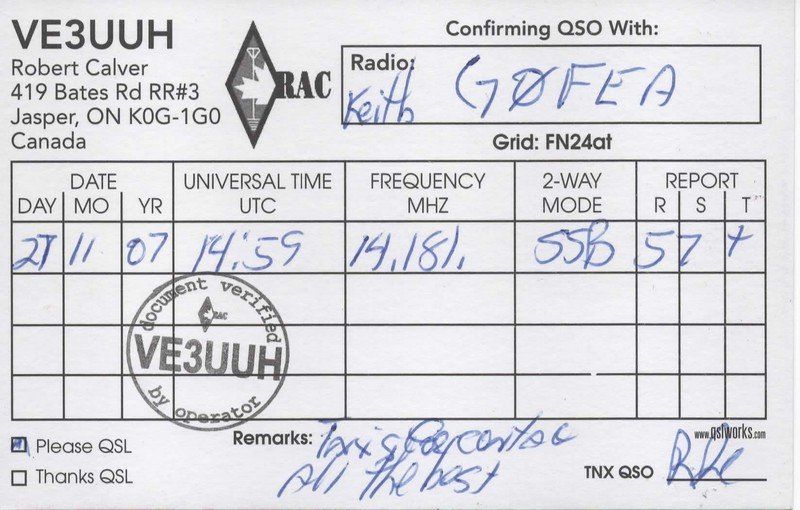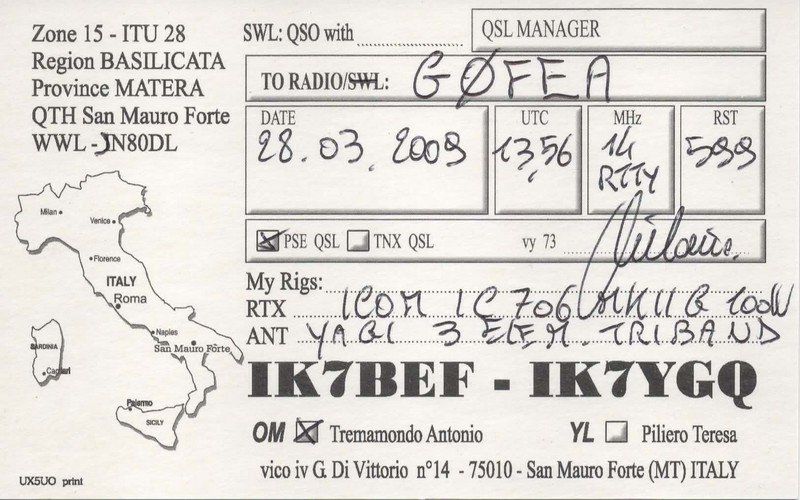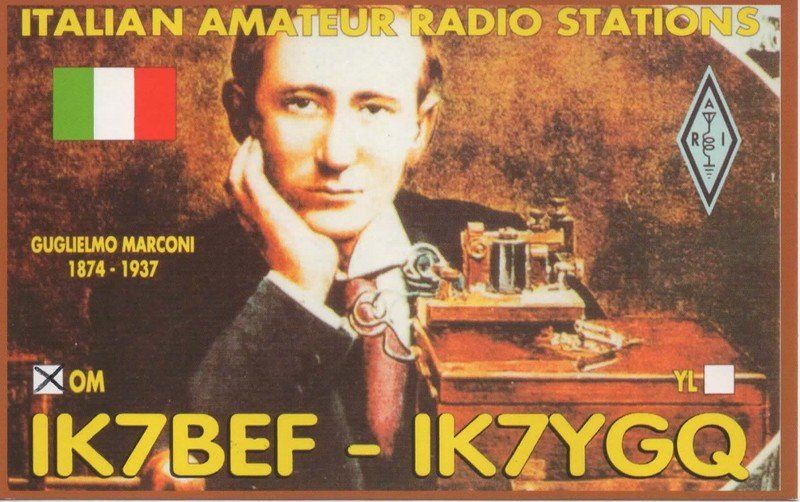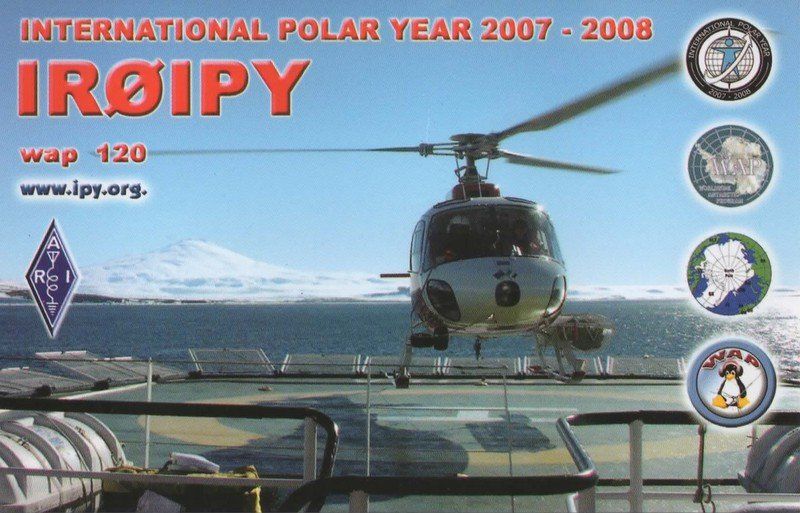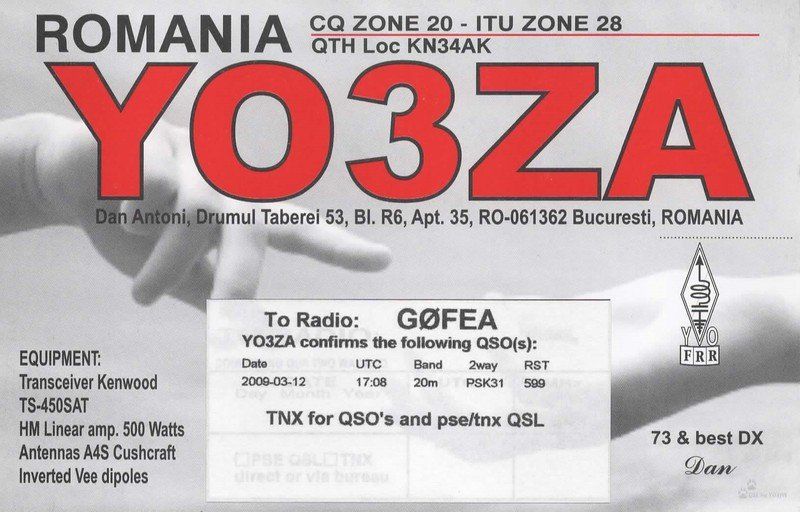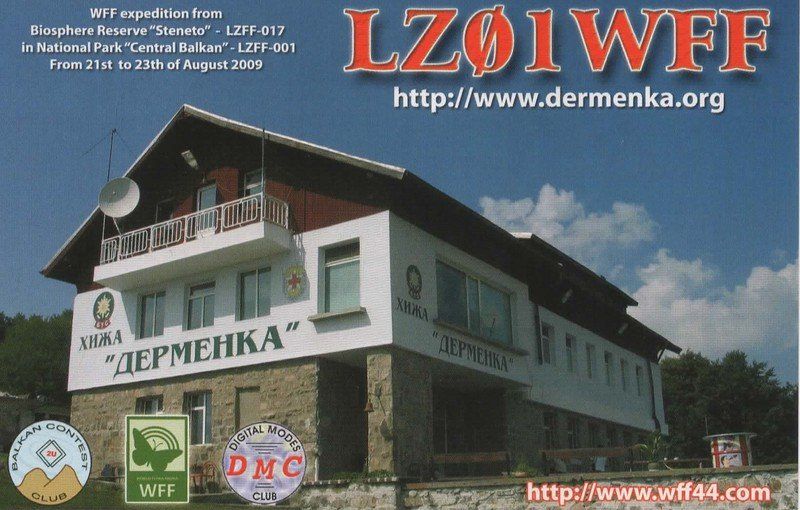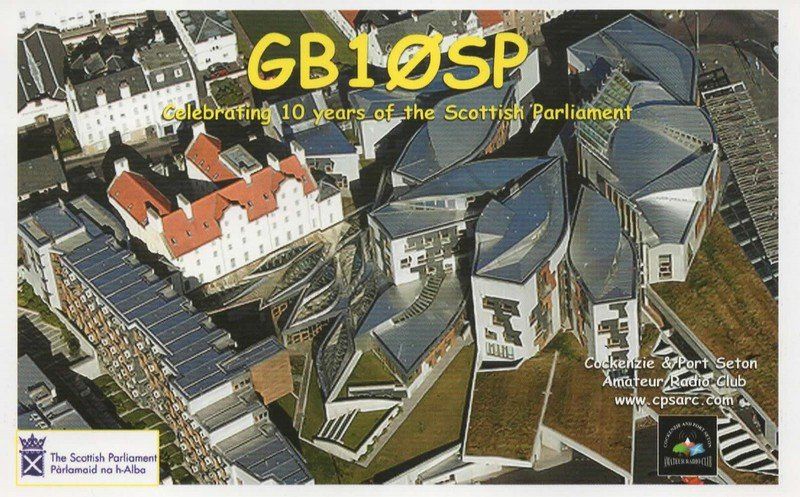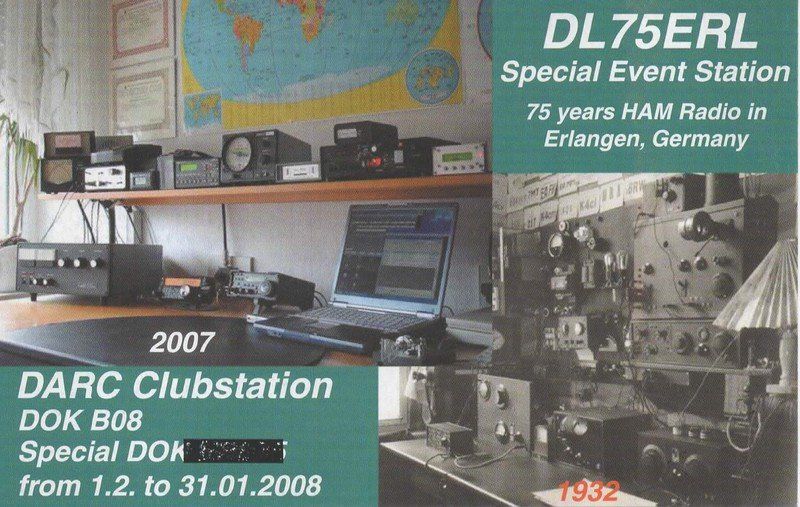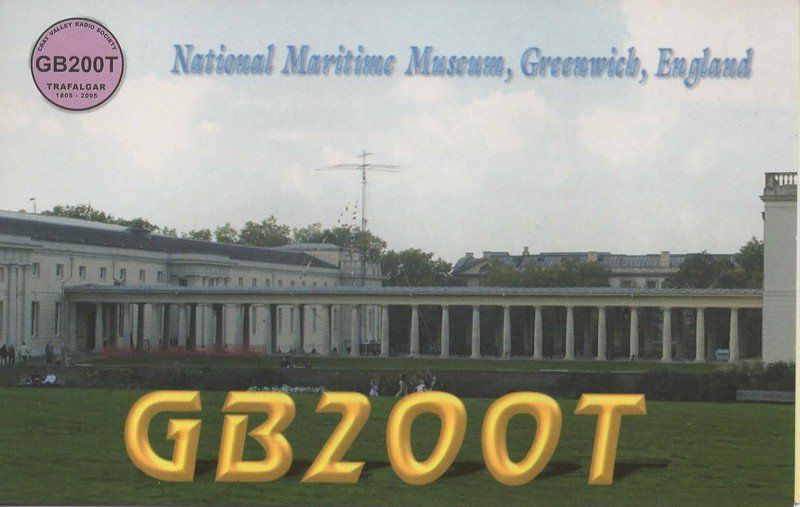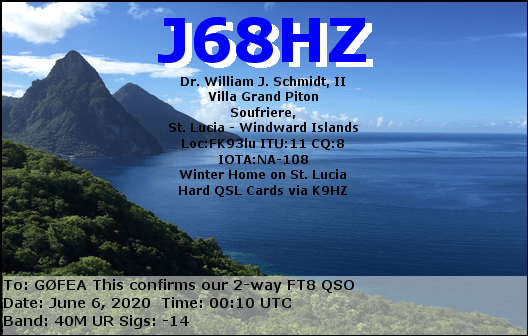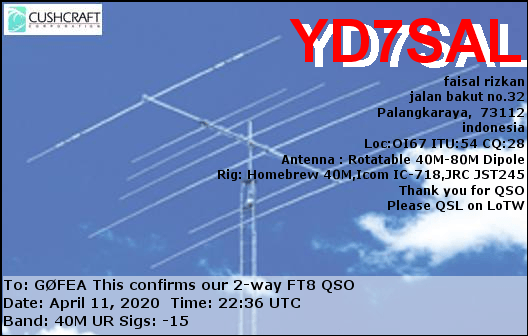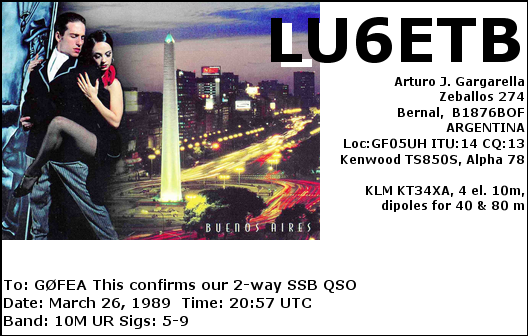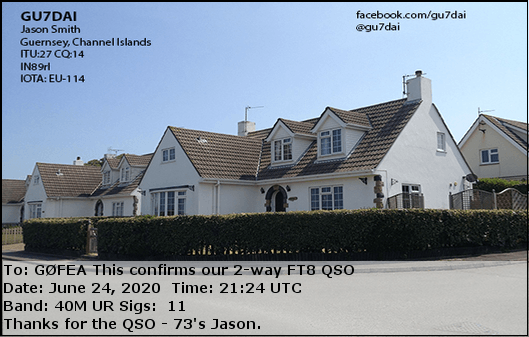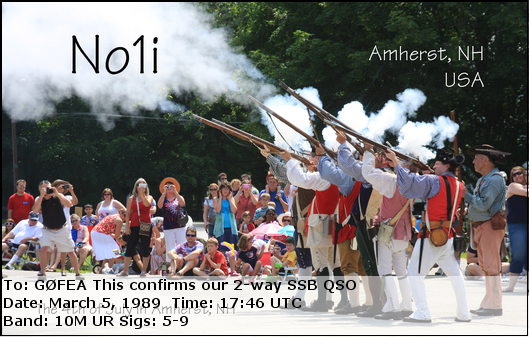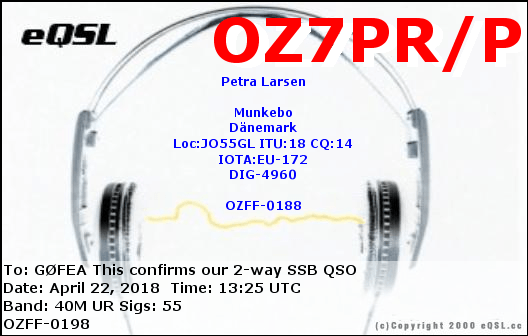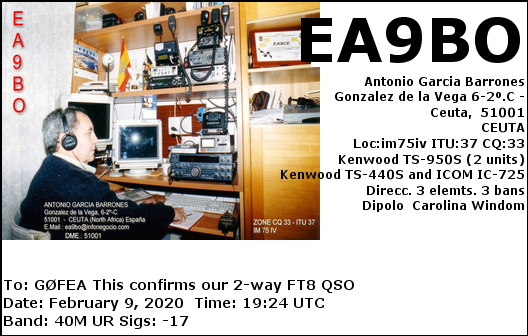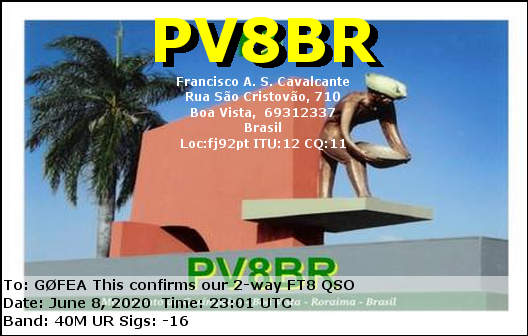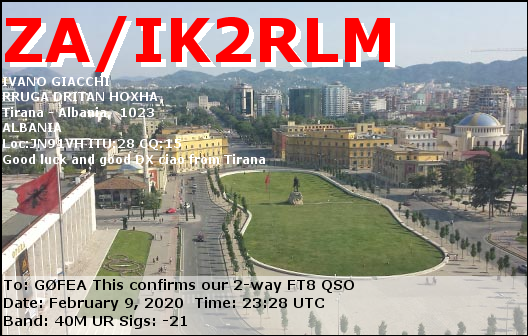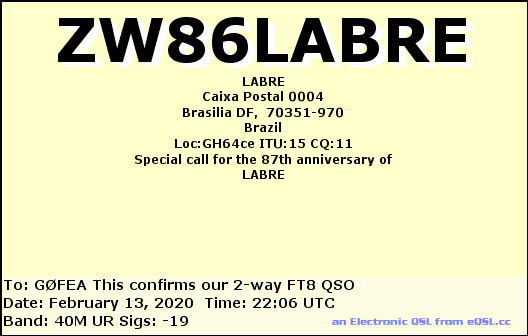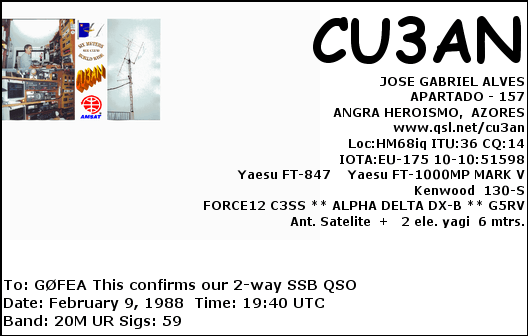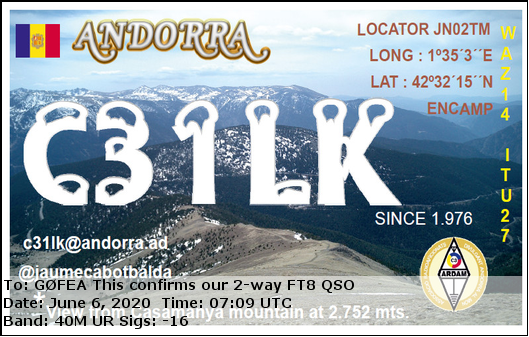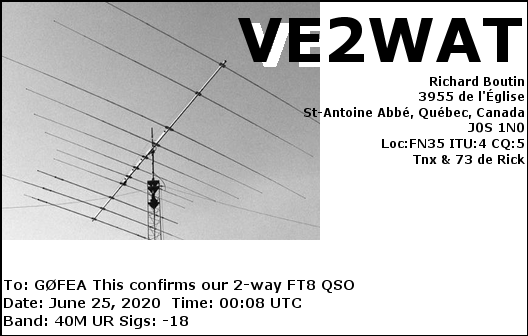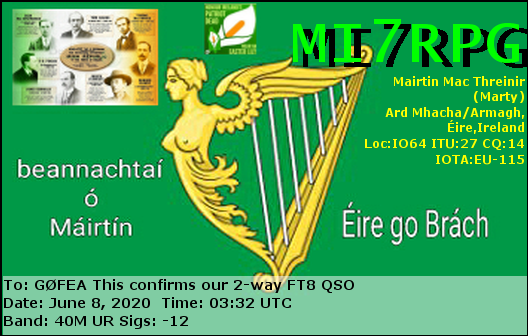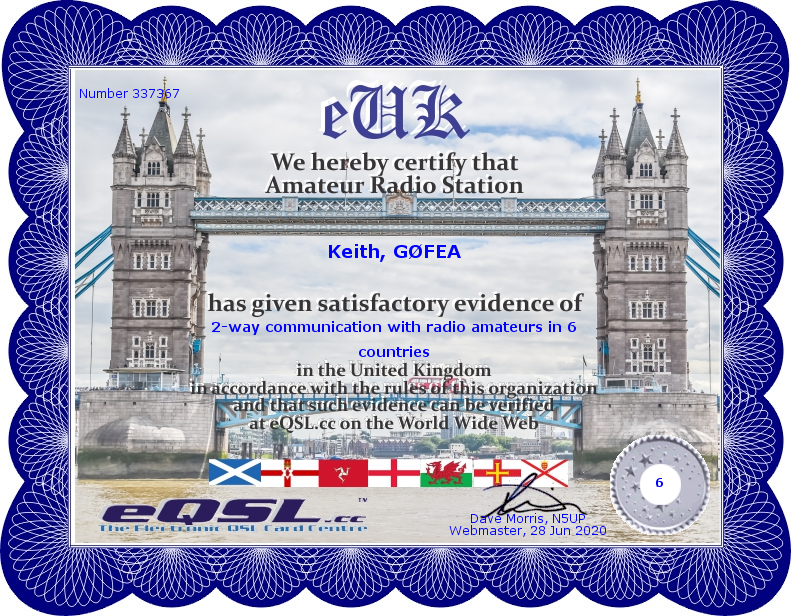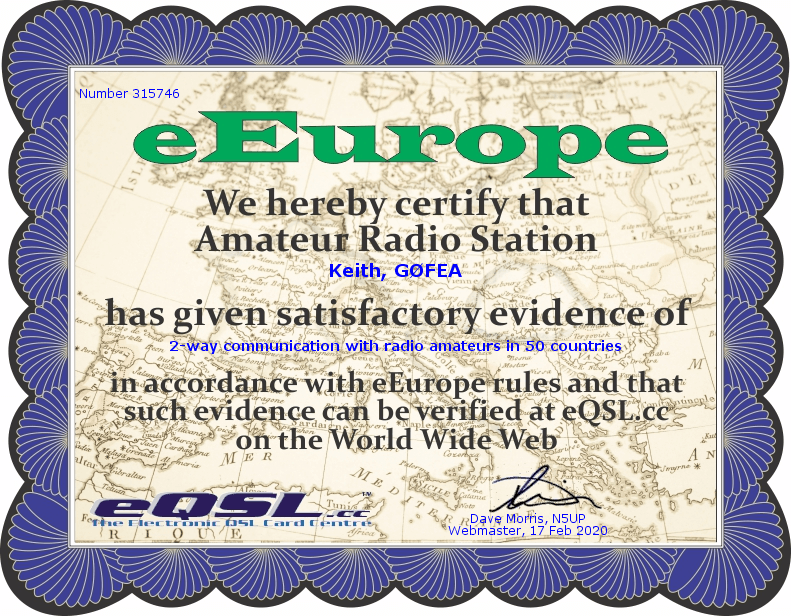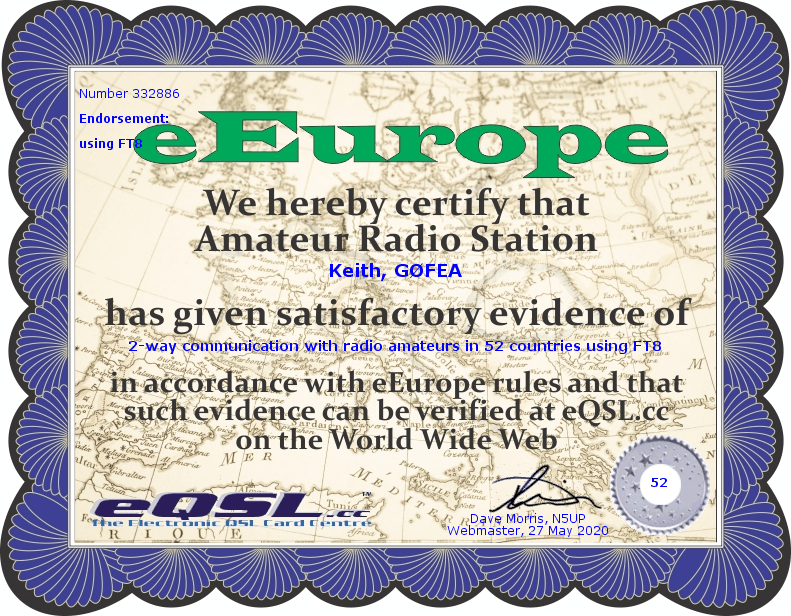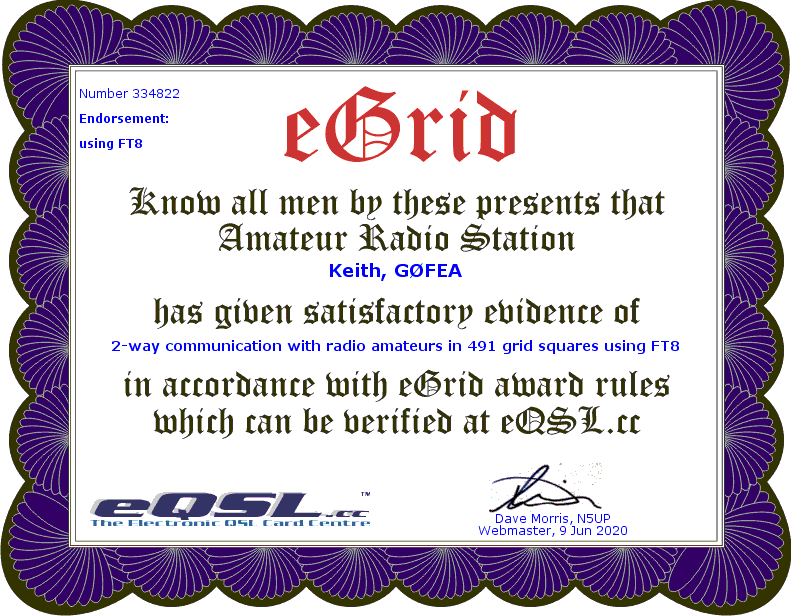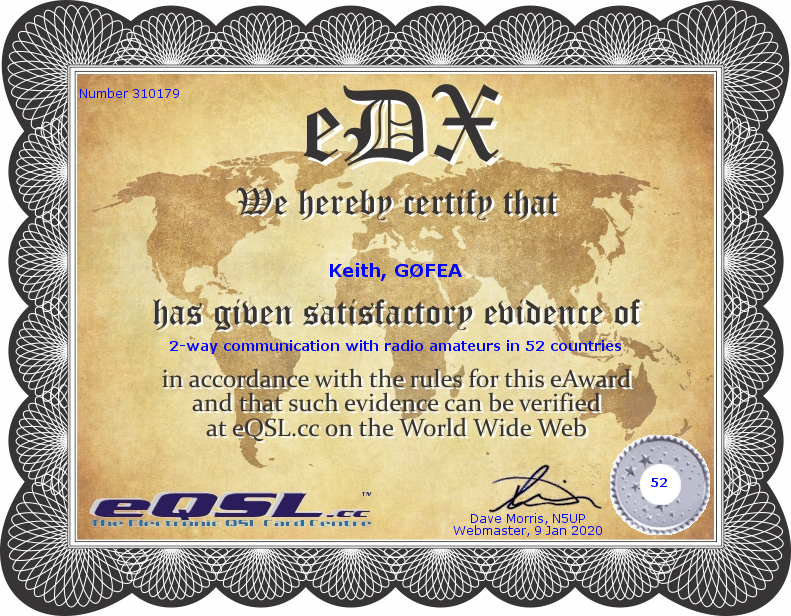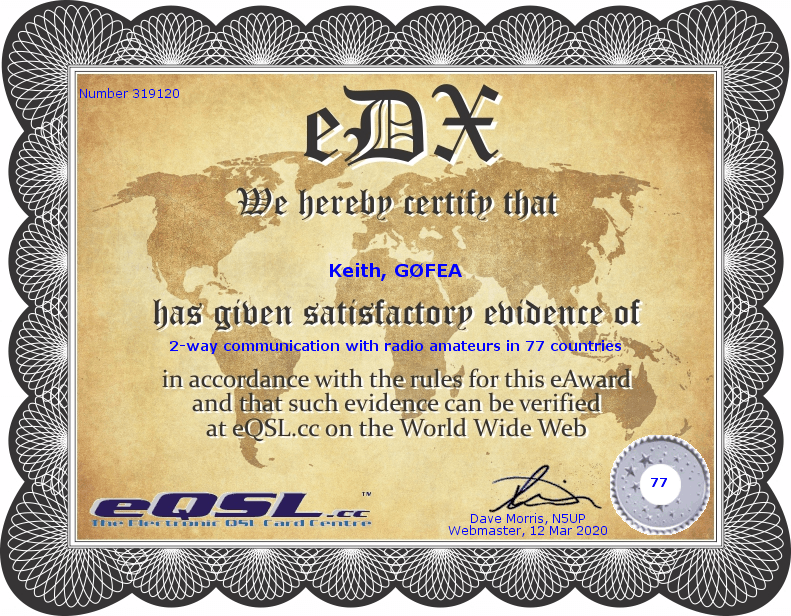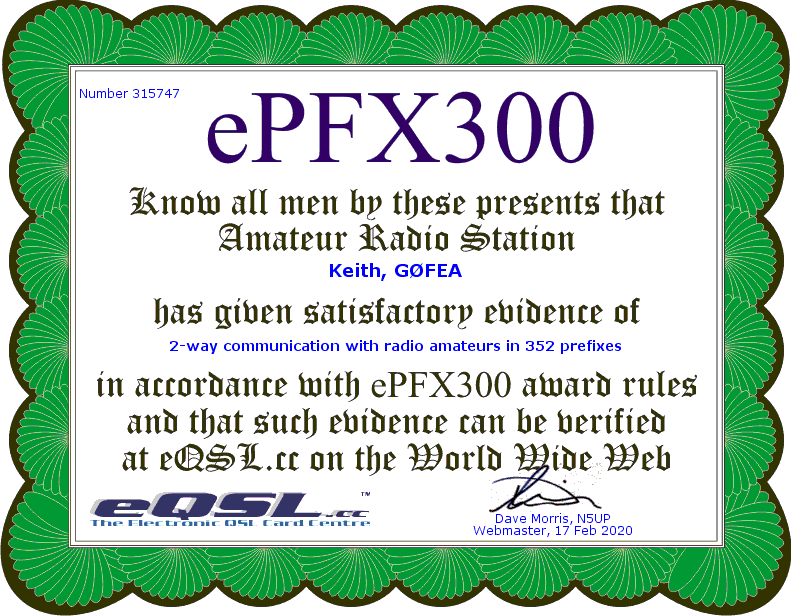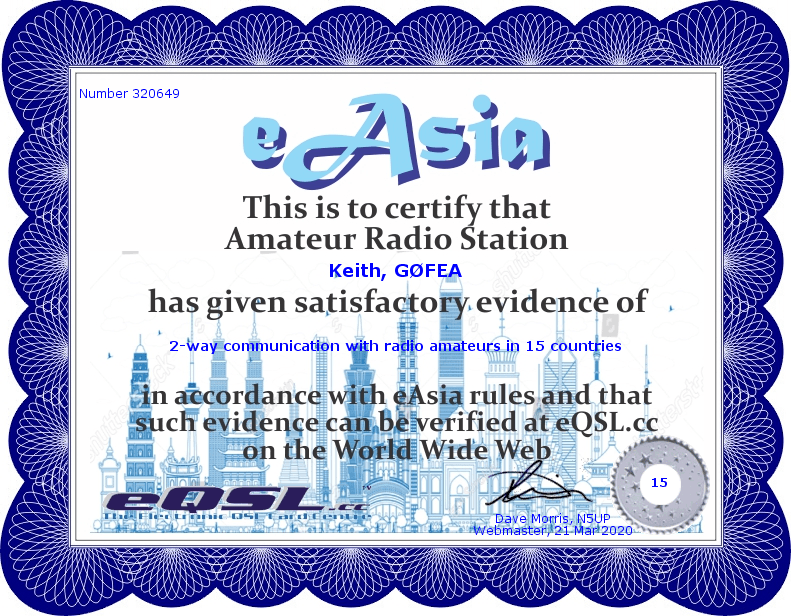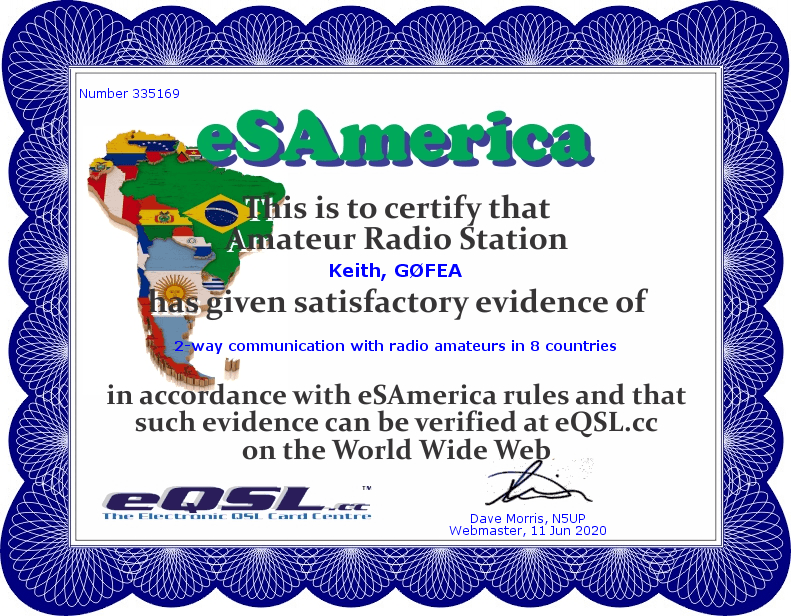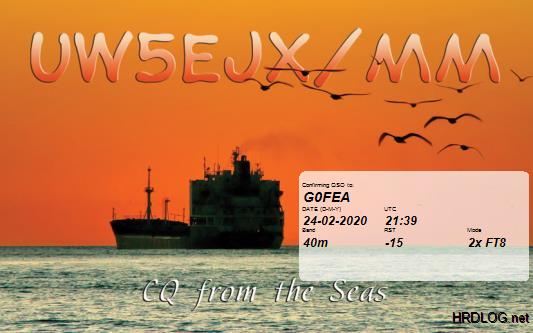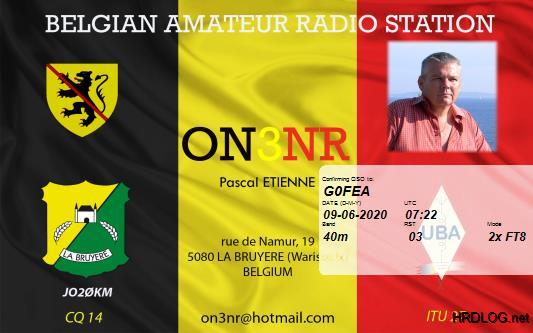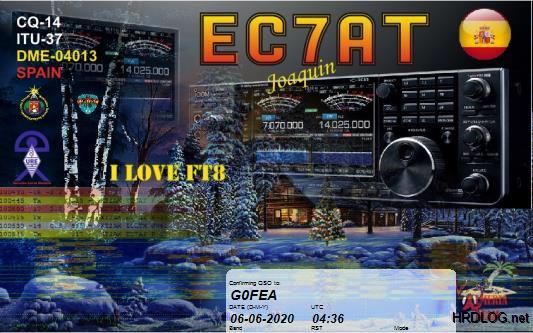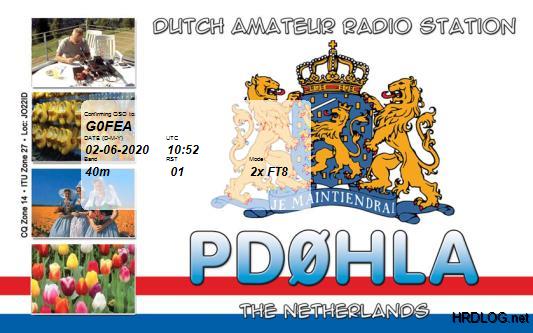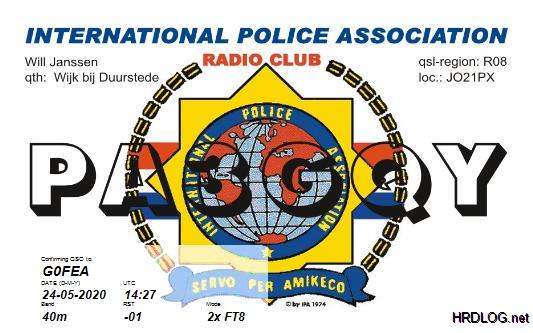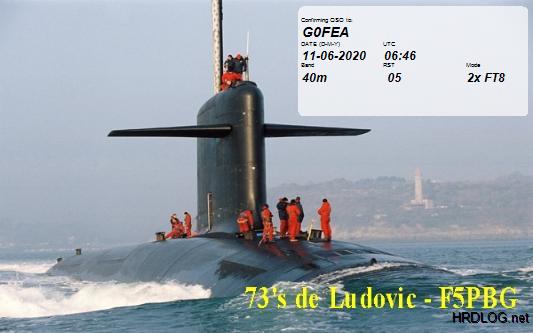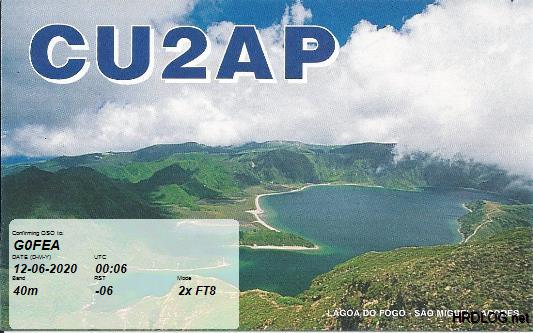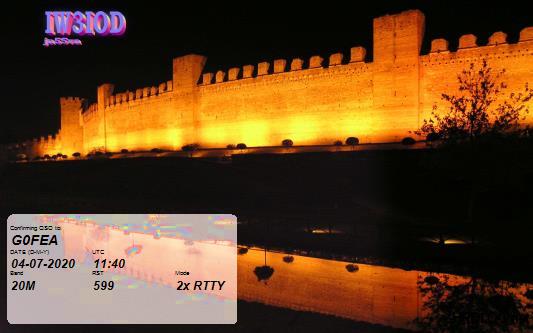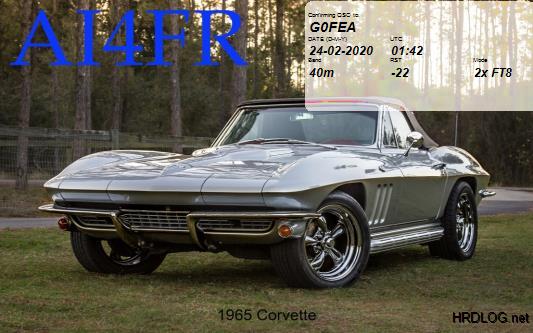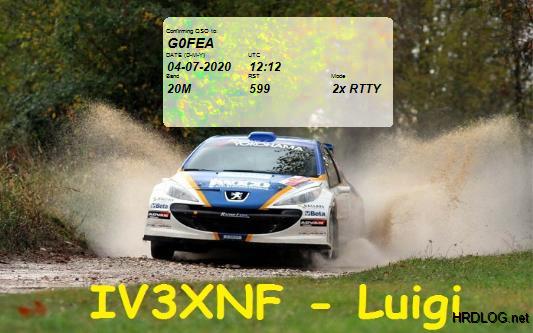QSL Cards
A QSL card is a written confirmation of either a two-way radio communication between two amateur radio stations or to confirm the reception of a two-way radio communication by a third party listener (a short wave listener).
A typical QSL card is the same size and made from the same material as a typical postcard, and most are sent through the mail as such. Alternative methods of receiving QSL cards include electronic repositories where cards are created automatically for collection. This method is very quick, cheap and assists amateurs to gain awards.
QSL card derived its name from the Q code "QSL". A Q code message can stand for a statement or a question (when the code is followed by a question mark). In this case, QSL? means "do you confirm receipt of my transmission?" while QSL means "I confirm receipt of your transmission".
QSL cards are a ham radio operator's calling card and are frequently an expression of individual creativity — from a photo of the operator at their station to original artwork, images of the operator's home town or surrounding countryside, etc.
They are frequently created with a good dose of individual pride. Consequently, the collecting of QSL cards of especially interesting designs has become an add-on hobby to the simple gathering of printed documentation of a ham's communications over the course of his or her radio career.
PLEASE NOTE: my QSL policy is very simple. I automatically send electronic QSLs via eQSL and HDRlog upon completion of a QSO. I receive and reply to paper QSL cards via the bureau. I always reply to SWL QSL cards.

Below are a few of the many QSL cards I have received following contacts with fellow Hams.
Electronic QSL Cards
As previously mentioned many amateurs opt to send QSL cards in electronic format. Below are some that I have received and awards which have confirmed contacts with different stations across the world.
